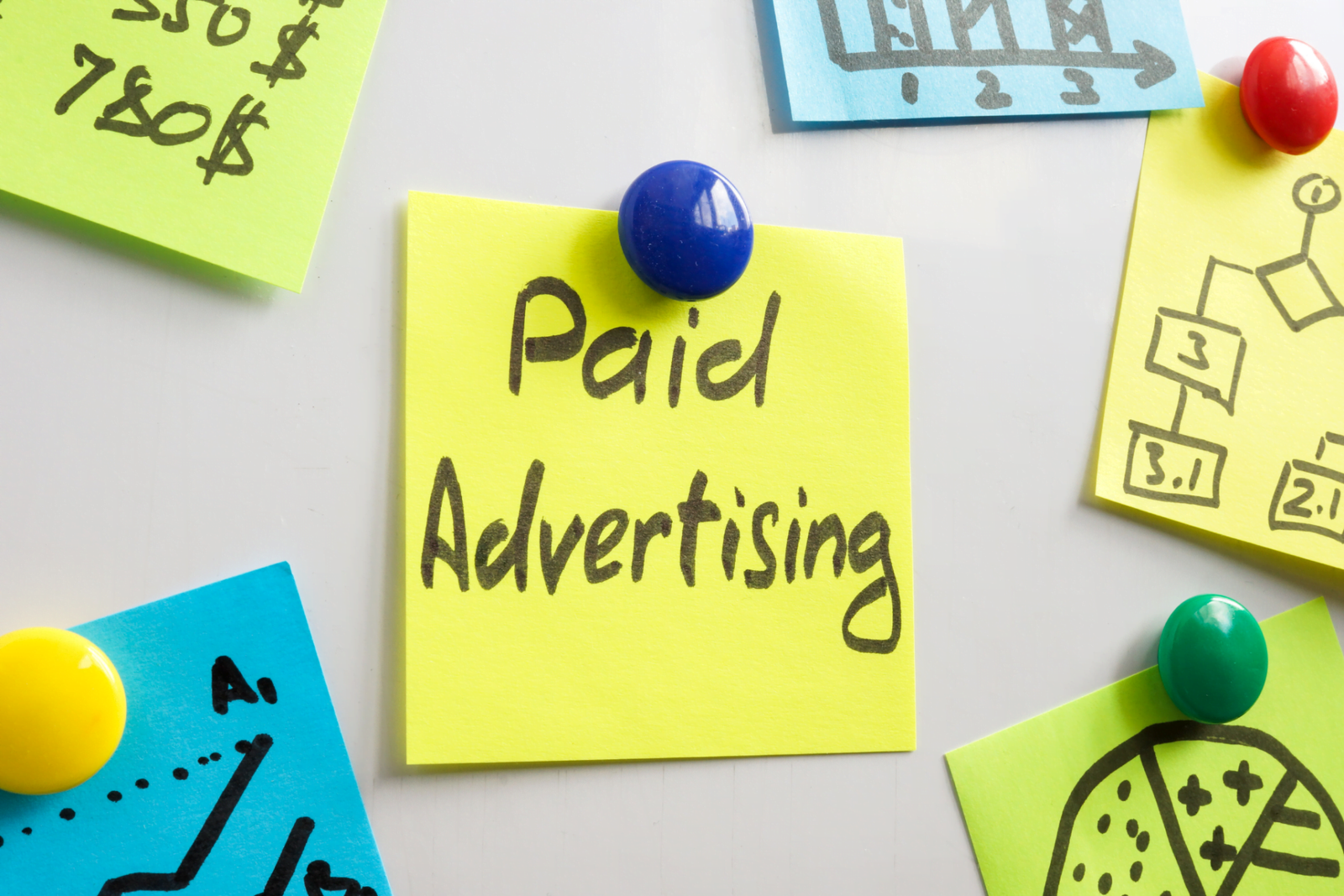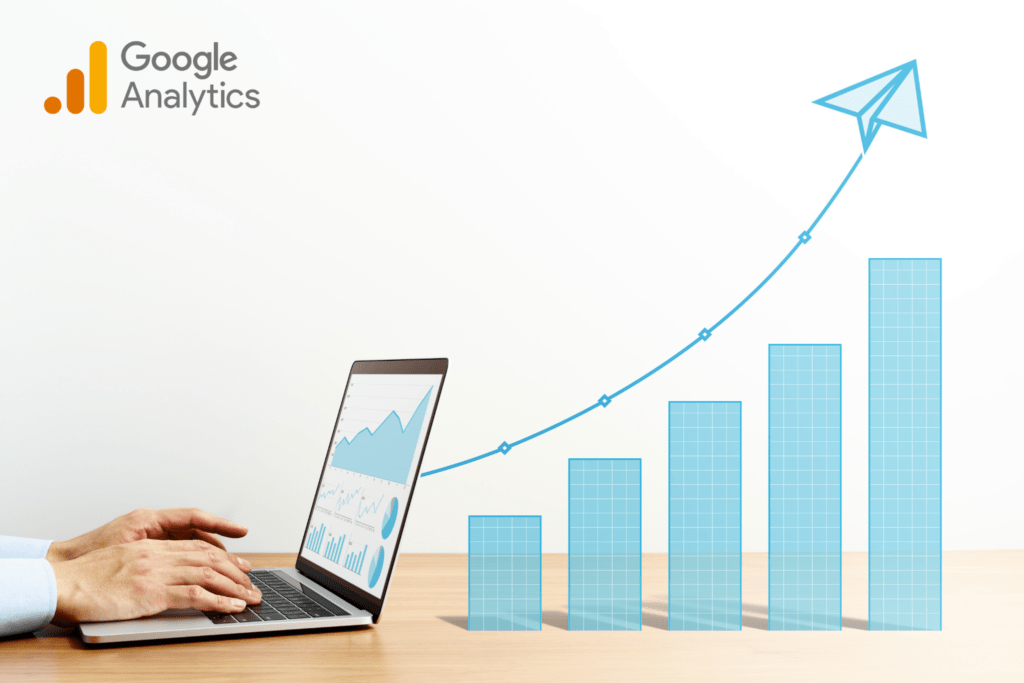Navigating the world of marketing can be daunting, especially when it comes to paid media. You might be wondering how it all works and whether it’s worth the investment. Let’s break down the basics of paid media in a way that’s easy to understand and feels like a casual chat over coffee.
Real Questions and Worries
Before diving in, let’s address some common questions you might have:
- “What exactly is paid media?”
- “How is it different from other types of media?”
- “How do I get started with paid media?”
These are all valid concerns, and by the end of this guide, you’ll have a clear understanding of paid media and how to make it work for your business.
What is Paid Media?
Paid media refers to any kind of marketing where you pay to place your message in front of an audience. This includes ads on search engines, social media platforms, websites, and more. Essentially, it’s about paying for visibility and reach.
Keyword: paid media
Why is Paid Media Important?
Paid media is crucial for several reasons:
- Increased Reach: It allows you to reach a larger audience quickly.
- Targeted Advertising: You can target specific demographics, interests, and behaviors.
- Measurable Results: You can track and analyze the performance of your ads.
- Control Over Budget: You set your spending limits and can scale up or down based on performance.
Types of Paid Media
1. Search Engine Advertising (SEA)
Search Engine Advertising (SEA) involves placing ads on search engine results pages (SERPs) through platforms like Google Ads and Bing Ads.
- Search Ads: These appear at the top of the search results for specific keywords.
- Shopping Ads: Displayed for product searches, showing the product image, price, and store.
- Display Ads: Banner ads that appear on websites within the search engine’s network.
2. Social Media Advertising
Social media advertising involves placing ads on platforms like Facebook, Instagram, Twitter, LinkedIn, and TikTok.
- Sponsored Posts: Regular posts that are promoted to reach a wider audience.
- Story Ads: Ads that appear within the stories feature on platforms like Instagram and Facebook.
- Video Ads: Short video clips that appear in users’ feeds or stories.
3. Display Advertising
Display advertising involves placing banner ads on websites, apps, and social media. These ads can be static images, animated graphics, or videos.
- Banner Ads: Rectangular ads that appear at the top, bottom, or sides of a webpage.
- Interstitial Ads: Full-screen ads that appear at natural transition points, like between game levels.
- Native Ads: Ads that blend seamlessly with the content of the website, appearing as recommended articles or videos.
4. Video Advertising
Video advertising includes placing video ads on platforms like YouTube, Facebook, and other websites.
- Pre-Roll Ads: Ads that play before the main video content.
- Mid-Roll Ads: Ads that play in the middle of a video.
- Post-Roll Ads: Ads that play after the main video content.
5. Influencer Marketing
Influencer marketing involves paying influencers (people with large followings) to promote your products or services.
- Sponsored Posts: Influencers create content featuring your product and share it with their audience.
- Product Reviews: Influencers review your product and share their opinions.
- Brand Ambassadors: Long-term partnerships with influencers who regularly promote your brand.
How to Get Started with Paid Media
1. Define Your Goals
Before you start, determine what you want to achieve with paid media. Common goals include:
- Increasing Brand Awareness: Getting your name out there.
- Driving Traffic: Bringing more visitors to your website.
- Generating Leads: Capturing contact information from potential customers.
- Boosting Sales: Increasing the number of purchases.
2. Know Your Audience
Understanding your target audience is crucial. Consider factors like demographics, interests, and online behavior. This will help you tailor your ads and choose the right platforms.
3. Set Your Budget
Decide how much you’re willing to spend on your paid media campaigns. Remember, you can start small and scale up as you see results.
4. Choose the Right Platforms
Select the platforms that align with your goals and where your audience spends their time. For example, if you’re targeting a younger audience, platforms like Instagram and TikTok might be more effective.
5. Create Compelling Ads
Your ads should be eye-catching and relevant to your audience. Include a clear call-to-action (CTA) that tells viewers what you want them to do next.
6. Monitor and Optimize
Track the performance of your ads using analytics tools. Look at metrics like click-through rates (CTR), conversion rates, and return on ad spend (ROAS). Use this data to optimize your campaigns and improve results.
Stories and Examples
The Local Gym Example
Imagine you run a local gym. Here’s how you might use paid media:
- Search Ads: Use Google Ads to target keywords like “gym near me” or “fitness classes.”
- Social Media Ads: Run Instagram and Facebook ads showcasing your facilities and special offers.
- Display Ads: Place banner ads on local news websites to reach a broader audience.
- Influencer Marketing: Partner with local fitness influencers to promote your gym and classes.
The Online Boutique Example
Or maybe you have an online boutique:
- Search Ads: Target keywords related to your products, like “boho dresses” or “summer fashion.”
- Social Media Ads: Use Instagram and Pinterest ads to showcase your latest collections.
- Video Ads: Create short videos for YouTube and Facebook to highlight new arrivals.
- Influencer Marketing: Collaborate with fashion influencers to reach their followers and drive traffic to your site.
FAQs about Paid Media
1. How much should I spend on paid media?
It depends on your goals and budget. Start with a small amount and scale up as you see results. Track your ROI to ensure you’re getting value for your money.
2. How do I know which platform to choose?
Consider where your audience spends their time and what your goals are. Research each platform’s strengths and align them with your objectives.
3. What makes a good ad?
A good ad is eye-catching, relevant, and has a clear CTA. It should quickly convey your message and prompt viewers to take action.
4. How do I measure the success of my paid media campaigns?
Use analytics tools to track key metrics like CTR, conversion rates, and ROAS. Regularly review this data to optimize your campaigns and improve performance.
Wrapping It Up
Paid media is a powerful tool in your marketing toolkit. By understanding its basics and implementing effective strategies, you can reach a larger audience, drive more traffic, and achieve your marketing goals.
Remember, the key to successful paid media is to start with clear goals, know your audience, create compelling ads, and continually monitor and optimize your campaigns. Happy advertising!

